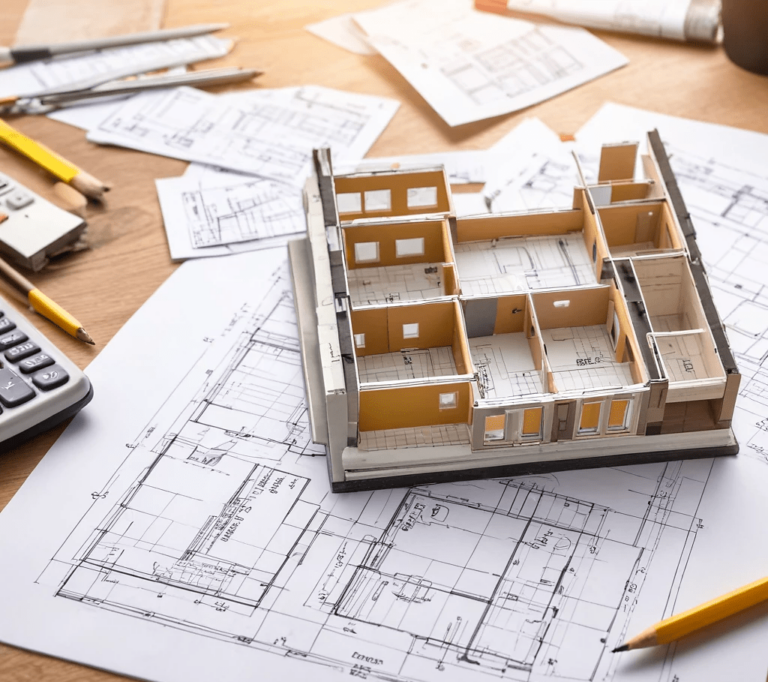How to Navigate Budgeting and Timelines in Interior Design Projects

Budgeting and timelines are often the most challenging aspects of interior design projects. Effective management of these elements ensures that projects are completed on time and within the client’s financial expectations. Here’s how to navigate budgeting and timelines in interior design projects:
1. Understand the Client’s Budget from the Start
One of the first things you should do is have a candid conversation with your client about their budget. Understand their financial limits and expectations for the project. Be transparent about the costs involved in materials, labor, and design services. This will help you avoid surprises later and set realistic expectations.
2. Create a Detailed Budget Breakdown
Once you have a clear understanding of the budget, break it down into categories such as materials, furniture, accessories, labor, and any additional costs like shipping or installation. Ensure that each item has a specific cost assigned to it, and factor in a contingency fund (usually 10-20% of the total budget) to cover unexpected expenses.
3. Prioritize Expenses
In every project, there are essential items that can’t be compromised and optional elements that can be adjusted. Work with your client to prioritize their spending. For instance, if they’re passionate about high-quality furniture but flexible about accessories, make sure their primary expenses align with their goals.
4. Set Clear and Realistic Timelines
Establish a clear timeline for the project, detailing key milestones such as concept approval, material sourcing, design execution, and installation. Be realistic about how long each phase will take and include buffer time to account for delays or unforeseen issues.
5. Communicate Regularly with Clients and Contractors
Maintaining clear communication with both clients and contractors throughout the project is crucial. Regularly update your clients on progress and potential delays, and coordinate with contractors to ensure that deadlines are met. If something falls behind schedule, address it quickly to keep the project on track.
6. Track Expenses and Adjust as Needed
Throughout the project, keep a close eye on your expenses. Use accounting software like QuickBooks or FreshBooks to track costs in real time. If you’re running over budget in one area, identify places where you can cut back without compromising quality. This helps ensure that the project stays within the original financial constraints.
7. Stay Flexible
Interior design projects are dynamic, and it’s common for timelines and budgets to shift. Stay flexible and adapt to changes, whether it’s a change in client preferences or unexpected challenges. Your ability to manage these adjustments smoothly will reflect positively on your professionalism.
Conclusion
Effective budgeting and timeline management are essential for interior design projects. By establishing clear budgets, setting realistic timelines, and maintaining transparent communication with clients and contractors, you can navigate these challenges and ensure successful project delivery.






